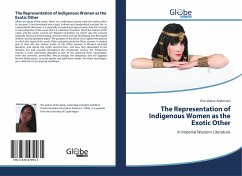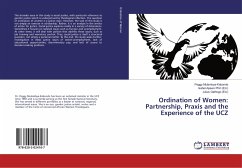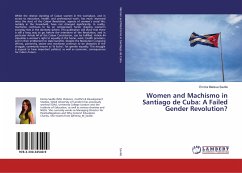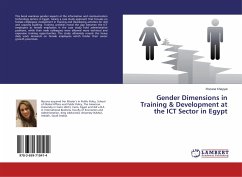When we speak of the exotic Other, we understand exactly what the notion refers to, because, it has developed into a rigid, uniform and standardized concept. Yet, in a postcolonial discourse, it is generally accepted and agreed upon that this concept is somewhat false in the sense that it is a Western invention. But if the notions of the exotic and the exotic woman are Western inventions, by whom was this concept originally framed and formulated, and how did it end up developing into this highly uniform and standardized topos? The purpose of this thesis is to explore the process in which this topos of the exotic Other and particularly the Other woman, is created and to look into the various myths of the Other woman in Western Victorian literature, and where the myths derived from, and how they developed. In the Victorian Era and onwards throughout the nineteenth century the indigenous woman is most commonly depicted as one of the following three stereotypes: either the primitive,animal-like, African savage, the dangerous and evil Egyptian femme fatale queen, or as the gentle and submissive helper. The three stereotypes are a reflection of an imperial worldview.
Bitte wählen Sie Ihr Anliegen aus.
Rechnungen
Retourenschein anfordern
Bestellstatus
Storno








